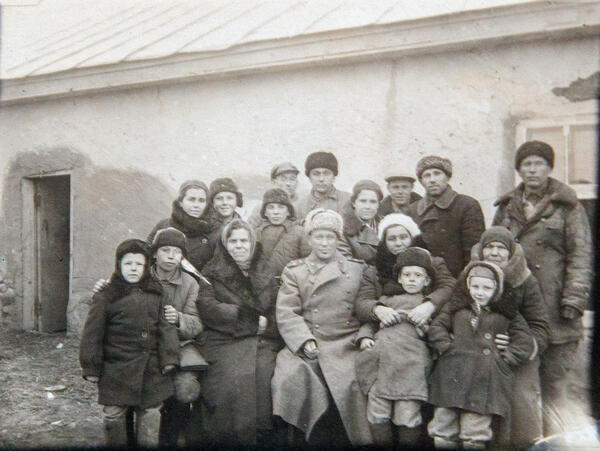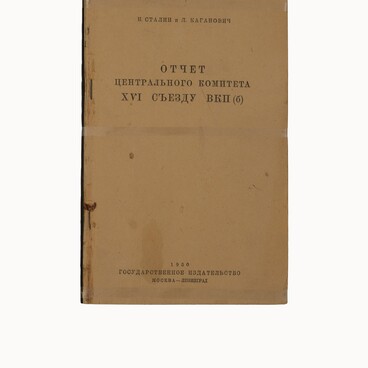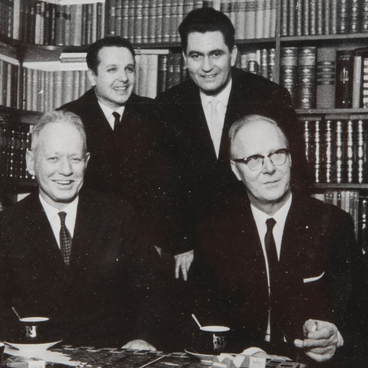After the failed Kharkov offensive of Soviet forces in May 1942, also known as the Kharkov Disaster, the German troops were able to advance swiftly in the south and came to the town of Rossosh which was very close to the Vyoshenskaya stanitsa where Mikhail Sholokhov lived. These circumstances forced local residents, including the famous writer’s family, to relocate immediately on July 8, 1942. They left their home in a hurry, taking only some of their possessions, while leaving part of Sholokhov’s archive and library behind.
The bombing attacks on the Vyoshenskaya started the very same day. The vehicle transporting Sholokhov’s archive came under fire, and the writer’s manuscripts were lost. Later, their fragments were collected by the members of Soviet tank crews, and separate drafts of the third and fourth volumes of the novel “And Quiet Flows the Don” were returned to the author.
Anastasia Danilovna Sholokhova, the writer’s mother, did not go together with the others. Mikhail planned to come back for her later. The bombing of the stanitsa continued, and Anastasia Sholokhova was killed by fragments of a bomb that exploded in her yard.
As a famous writer, Sholokhov was offered a large house in Uralsk. He refused, saying, “The city is full of hospitals and refugees who do not have anywhere to stay — why would I take up such a mansion?” The Sholokhovs went further to Daryinskoye, a village in West Kazakhstan, 30 km away from Uralsk.
The writer’s daughter reminisced about their time in the village, “There was not a single large building, only mud-brick houses which sank into the ground, a school, and a one-story movie theater. There was also no vegetation in that bleak steppe.” In Kazakhstan, Sholokhov’s relatives waited for the war to end. The writer himself was on the front line and only sometimes visited his family. In the Daryinskoye village, the writer worked on some chapters of his novel “They Fought for Their Country”.
Near the end of the Great Patriotic War, the Sholokhovs moved to Kamyshin, and in 1944, they returned home.
The bombing attacks on the Vyoshenskaya started the very same day. The vehicle transporting Sholokhov’s archive came under fire, and the writer’s manuscripts were lost. Later, their fragments were collected by the members of Soviet tank crews, and separate drafts of the third and fourth volumes of the novel “And Quiet Flows the Don” were returned to the author.
Anastasia Danilovna Sholokhova, the writer’s mother, did not go together with the others. Mikhail planned to come back for her later. The bombing of the stanitsa continued, and Anastasia Sholokhova was killed by fragments of a bomb that exploded in her yard.
As a famous writer, Sholokhov was offered a large house in Uralsk. He refused, saying, “The city is full of hospitals and refugees who do not have anywhere to stay — why would I take up such a mansion?” The Sholokhovs went further to Daryinskoye, a village in West Kazakhstan, 30 km away from Uralsk.
The writer’s daughter reminisced about their time in the village, “There was not a single large building, only mud-brick houses which sank into the ground, a school, and a one-story movie theater. There was also no vegetation in that bleak steppe.” In Kazakhstan, Sholokhov’s relatives waited for the war to end. The writer himself was on the front line and only sometimes visited his family. In the Daryinskoye village, the writer worked on some chapters of his novel “They Fought for Their Country”.
Near the end of the Great Patriotic War, the Sholokhovs moved to Kamyshin, and in 1944, they returned home.



